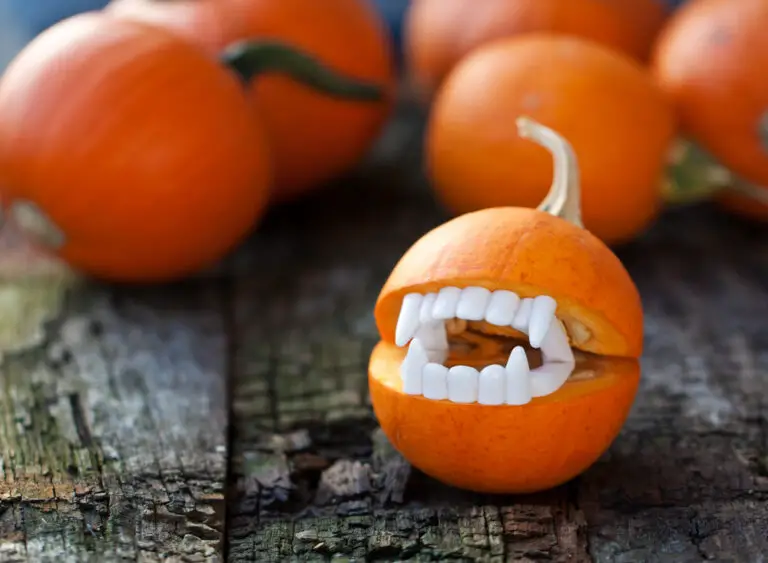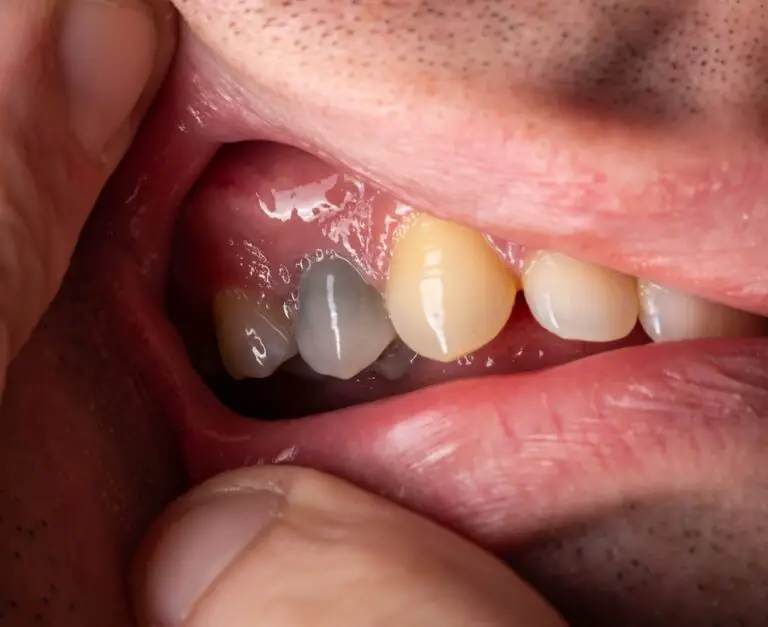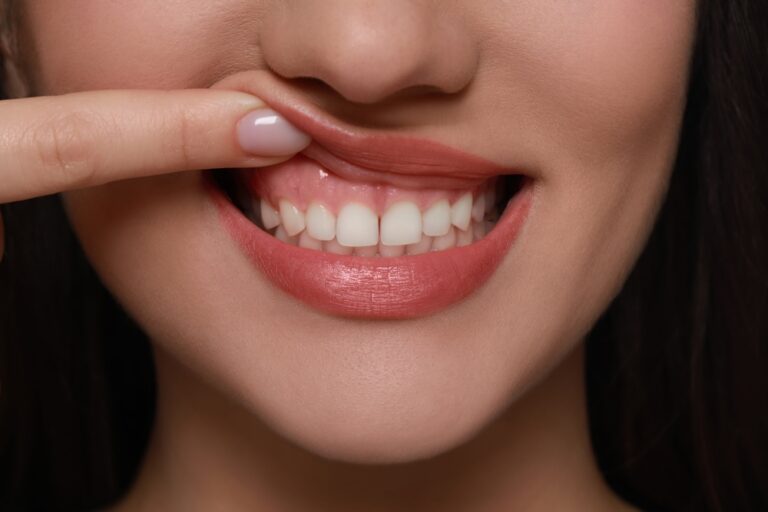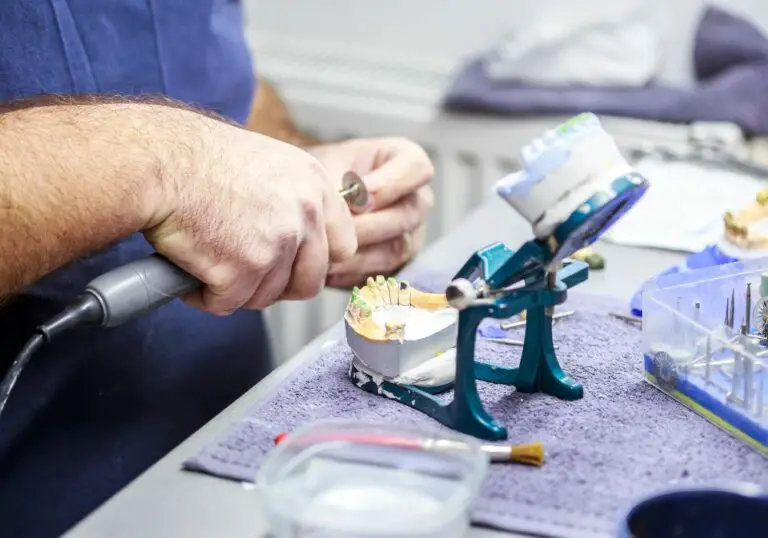Are you wondering how often you can safely whiten your teeth with strips? Teeth whitening strips are a popular at-home whitening solution that can help remove surface stains and brighten your smile. However, it’s important to use them correctly and not overdo it to avoid damaging your teeth or causing sensitivity.
According to dental professionals, you should follow the instructions provided with your whitening strips and not exceed the recommended usage. Most whitening strips are designed to be used once a day for a specific period of time, usually around 30 minutes. Using them more frequently or for longer than recommended can increase your risk of tooth sensitivity and damage to your enamel. It’s also important to note that whitening strips are not a substitute for regular dental cleanings and exams.
Understanding Teeth Whitening Strips
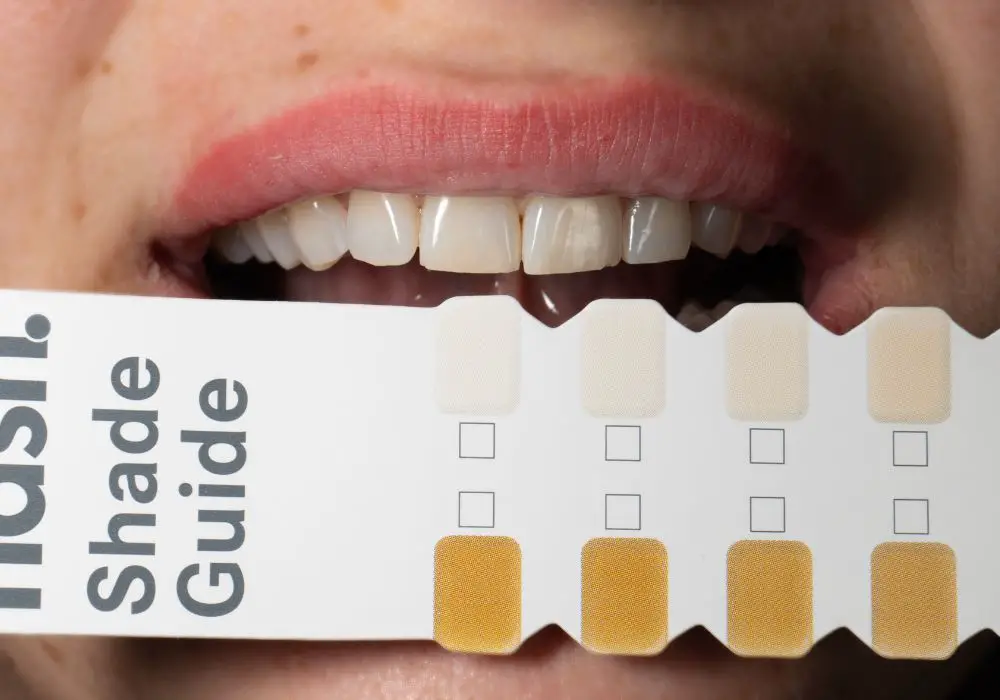
If you’re looking to brighten your smile, teeth whitening strips can be an affordable and convenient option. These strips are thin, flexible pieces of plastic coated with a peroxide-based gel that you apply to your teeth. But before you start using them, it’s important to understand how they work and how often you can use them.
Teeth whitening strips work by bleaching the stains on your teeth. The peroxide gel in the strips breaks down into oxygen molecules, which penetrate the enamel and dentin of your teeth. The oxygen molecules then react with the pigments in the stains, breaking them down and leaving your teeth looking whiter.
It’s important to note that teeth whitening strips are only effective on certain types of stains. They work best on surface stains caused by things like coffee, tea, and smoking. Deeper stains caused by things like antibiotics or trauma may not respond as well to whitening strips.
When it comes to frequency, it’s generally recommended that you use teeth whitening strips once a day for about two weeks. This gives your teeth time to adjust to the bleaching process and can help minimize sensitivity. It’s important to follow the instructions that come with your strips, as overuse can lead to damage to your teeth and gums.
It’s also important to remember that teeth whitening strips are not a substitute for good oral hygiene. Brushing and flossing regularly, as well as visiting your dentist for regular cleanings, are still essential for maintaining a healthy smile.
In summary, teeth whitening strips can be an effective way to brighten your smile, but it’s important to use them properly and not overdo it. With regular use and good oral hygiene habits, you can enjoy a whiter, brighter smile.
Frequency of Teeth Whitening
Teeth whitening strips are a popular and effective way to brighten your smile. However, it’s important to use them correctly and not overdo it. So, how often can you whiten your teeth with strips?
According to dental professionals, most people can safely use whitening strips once every three to four months. This allows enough time for your teeth to recover from the process and prevents any damage to the enamel. It’s also recommended to wait at least a week after getting your teeth cleaned before using the strips.
If you want to maintain your brighter smile, you can use the strips once a month or as needed. However, it’s important not to use them too frequently as they can cause sensitivity or damage to your teeth.
It’s also important to follow the instructions carefully and not leave the strips on for longer than recommended. Overuse of whitening strips can lead to uneven results and damage to your teeth and gums.
In summary, using whitening strips once every three to four months is a safe and effective way to brighten your smile. Just be sure to follow the instructions carefully and not overdo it.
Factors Affecting Whitening Frequency
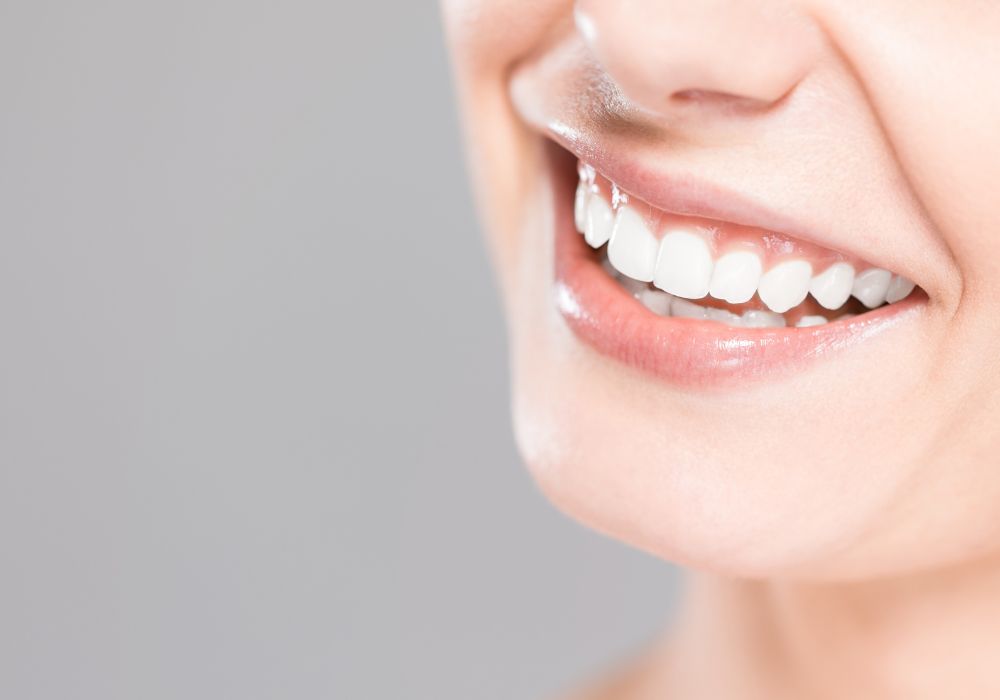
The frequency of whitening your teeth with strips depends on several factors. Here are some of the factors that affect how often you should whiten your teeth:
1. Type of Whitening Strips
The type of whitening strips you use can determine how often you should use them. Some whitening strips are designed for daily use, while others are for weekly use. It is essential to read the instructions carefully and follow them to avoid damaging your teeth.
2. Severity of Stains
The severity of your teeth stains can also affect how often you should whiten your teeth. If your teeth are heavily stained, you may need to whiten them more frequently than someone with minor stains. However, it is essential to consult your dentist to determine the best whitening frequency for your teeth.
3. Lifestyle Habits
Your lifestyle habits can also affect how often you should whiten your teeth. If you are a smoker or drink coffee, tea, or red wine regularly, you may need to whiten your teeth more often. These substances can stain your teeth, and whitening strips can help remove the stains.
4. Oral Hygiene Practices
Your oral hygiene practices can also affect how often you should whiten your teeth. If you brush and floss regularly, you may not need to whiten your teeth as often as someone who does not practice good oral hygiene. It is essential to maintain good oral hygiene practices to keep your teeth healthy and white.
5. Sensitivity
If you have sensitive teeth, you may need to whiten your teeth less frequently. Whitening strips can cause sensitivity, and overuse can damage your teeth. It is essential to consult your dentist if you experience sensitivity while using whitening strips.
In conclusion, the frequency of whitening your teeth with strips depends on several factors. It is essential to consult your dentist to determine the best whitening frequency for your teeth.
Pros and Cons of Frequent Use
Whitening strips are a popular and effective way to brighten your smile. However, it’s important to use them correctly and not overdo it. Here are some pros and cons of frequent use:
Pros
- Whiter teeth: Frequent use of whitening strips can help you achieve a brighter, more radiant smile.
- Convenience: Whitening strips are easy to use and can be done in the comfort of your own home.
- Affordable: Compared to professional teeth whitening treatments, whitening strips are an affordable option.
Cons
- Sensitivity: Frequent use of whitening strips can cause tooth sensitivity, especially if you have sensitive teeth to begin with.
- Enamel damage: Overuse of whitening strips can damage your tooth enamel, leading to tooth decay and other dental problems.
- Uneven results: If you don’t use the strips evenly or leave them on for too long, you may end up with uneven results.
Overall, frequent use of whitening strips can be a good way to maintain a bright, white smile. However, it’s important to use them correctly and not overdo it. If you experience sensitivity or other dental problems, it’s best to consult with your dentist before continuing to use whitening strips.
Alternative Teeth Whitening Methods

If you’re looking for alternative teeth whitening methods, there are several options available to you. Here are a few to consider:
- Oil Pulling: This ancient Ayurvedic practice involves swishing oil (usually coconut oil) in your mouth for several minutes each day. Some people claim that oil pulling can help remove stains from your teeth and improve oral health.
- Activated Charcoal: Activated charcoal is a fine black powder that can help remove surface stains from your teeth. You can use it by mixing it with water to form a paste, then brushing your teeth with the paste for a few minutes each day.
- Baking Soda: Baking soda is a natural teeth whitener that can help remove surface stains from your teeth. You can use it by mixing it with water to form a paste, then brushing your teeth with the paste for a few minutes each day.
- Fruits and Vegetables: Eating crunchy fruits and vegetables like apples, celery, and carrots can help remove surface stains from your teeth. These foods can also help scrub away plaque and bacteria, which can contribute to tooth discoloration.
It’s important to note that while these alternative methods may help improve the appearance of your teeth, they may not be as effective as professional teeth whitening treatments. If you’re looking for more dramatic results, you may want to consider talking to your dentist about in-office or at-home teeth whitening options.
Safety Measures for Using Whitening Strips
When it comes to teeth whitening strips, it’s important to use them correctly to avoid any potential harm to your teeth and gums. Here are some safety measures to keep in mind:
Read the Instructions Carefully
Before using any teeth whitening strips, be sure to read the instructions carefully and follow them exactly as written. Each product may have slightly different instructions, so it’s important to make sure you’re using them correctly.
Don’t Use Them Too Often
While teeth whitening strips can be effective, using them too often can damage your teeth and gums. It’s important to follow the manufacturer’s recommended usage guidelines and not exceed them. Overuse of teeth whitening strips can lead to tooth sensitivity, gum irritation, and enamel damage.
Use Them for the Recommended Time
Most teeth whitening strips are designed to be used for a specific amount of time. Be sure to use them for the recommended time and not leave them on for longer than instructed. Leaving them on for too long can lead to tooth sensitivity and gum irritation.
Don’t Use Them if You Have Dental Issues
If you have any dental issues such as cavities, gum disease, or sensitive teeth, it’s best to avoid using teeth whitening strips until these issues are resolved. Using them with dental issues can worsen the problem and cause more harm than good.
Maintain Good Oral Hygiene Habits
Using teeth whitening strips is not a substitute for maintaining good oral hygiene habits. Be sure to brush your teeth twice a day, floss daily, and visit your dentist regularly for cleanings and checkups.
When to Consult a Dentist
While teeth whitening strips are generally safe to use, there are some cases where it is best to consult a dentist before using them. Here are some situations where you should consider talking to your dentist first:
- Sensitive teeth: If you have sensitive teeth, you should be cautious when using teeth whitening strips. The peroxide in the strips can cause discomfort or pain if your teeth are already sensitive. Your dentist can recommend a desensitizing toothpaste or other options to help minimize any discomfort.
- Tooth decay: If you have any cavities or other signs of tooth decay, you should not use teeth whitening strips until the decay has been treated. The peroxide in the strips can penetrate the decay and cause pain or sensitivity.
- Gum disease: If you have gum disease, you should talk to your dentist before using teeth whitening strips. The peroxide in the strips can irritate your gums and make your condition worse.
- Pregnancy or breastfeeding: If you are pregnant or breastfeeding, you should consult your dentist before using teeth whitening strips. While there is no evidence that peroxide is harmful to pregnant or breastfeeding women, it is always best to err on the side of caution.
If you are unsure whether or not you should use teeth whitening strips, it is always best to consult your dentist. They can evaluate your teeth and gums and recommend the best course of action for your individual needs.
Frequently Asked Questions
How often should I use Crest 3D White strips with Light?
Crest 3D White strips with Light can be used once a day for 10 days. After 10 days, it is recommended to wait at least 3 months before using them again.
Should I use whitening strips in the morning or night?
It is recommended to use whitening strips at night before bed, as saliva production decreases during sleep, allowing the strips to adhere better to your teeth and provide better results.
How often can you whiten your teeth professionally?
Professional teeth whitening treatments can be done once every six months to a year, depending on the individual’s needs and the dentist’s recommendation.
How often should you whiten your teeth with trays?
The frequency of using whitening trays depends on the strength of the whitening gel and the individual’s sensitivity. It is recommended to follow the instructions provided by the manufacturer or dentist and not exceed the recommended frequency.
How often can you use whitening strips per year?
It is generally safe to use whitening strips once every 6 months to a year. However, it is important to follow the instructions provided by the manufacturer and not exceed the recommended frequency.
How long should you wait between whitening strips?
It is recommended to wait at least 24 hours between whitening strip treatments to allow your teeth to recover and avoid over-whitening or sensitivity.

